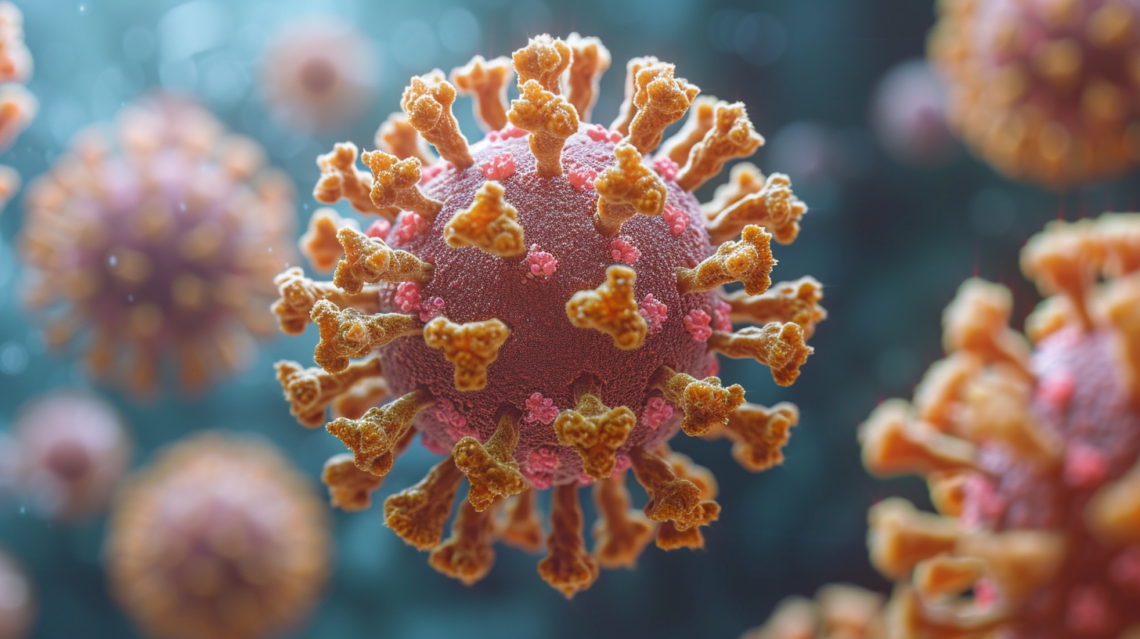
COVID-19 Spike Protein
As we continue to navigate through the COVID-19 pandemic, it’s crucial to understand the various elements that make this virus particularly formidable. Central to the virus’s ability to infect humans is its spike protein. This structure protrudes from the virus’s surface and is pivotal in how the virus attaches and enters our cells. Imagine a key designed to fit perfectly into a lock – in this case, the spike protein is the key, while the lock is a receptor found on the surface of human cells. This receptor, known as ACE2, is abundant in various organs, including the lungs, heart, and kidneys, making them prime targets for the virus.
How the Spike Protein Facilitates Harm
Upon binding to the ACE2 receptor, the spike protein undergoes a structural change, allowing for the virus to fuse with the human cell membrane. This fusion is akin to a pirate ship attaching itself to a treasure-laden vessel, subsequently allowing the virus to enter the cell. Once inside, the virus commandeers the cell’s machinery to replicate its genetic material and produce more particles. This invasion and replication can lead to a range of symptoms, from mild respiratory issues to severe conditions such as pneumonia, organ failure, and, in extreme cases, death. However, the severity of the symptoms that a patient experiences often depends on various factors, including their age, if they have any underlying health conditions, and strength of their immune system.
Strategies to Mitigate the Harm of the Spike Protein
Understanding the role of the spike protein has been crucial in developing strategies to combat COVID-19. Vaccines, for instance, have been a monumental step in this fight. They work by introducing a harmless piece of the spike protein into the body, prompting the immune system to recognize and remember it. This process doesn’t cause the disease but prepares the immune system to fight the virus if the person is exposed in the future. It’s akin to a training exercise for the immune system, equipping it with the necessary tools to combat the real threat. Apart from vaccination, there are other measures to reduce the risk of exposure to the virus. These include wearing masks, practicing physical distancing, and maintaining hand hygiene. Masks act as a barrier which helps to reduce the likelihood of inhaling virus-laden droplets, physical distancing decreases the chance of close contact with infected individuals, and hand hygiene is a straightforward yet effective way to eliminate any viruses that might be on your hands that you’ve come into contact with.
Continued Vigilance
Through the collective efforts of the global scientific community, understanding this protein has led to the development of vaccines and other preventive strategies. As a physician, I emphasize the importance of adhering to these measures and staying informed about the evolving nature of this virus. It is through our continued vigilance and adherence to health guidelines that we can hope to overcome this challenge and protect our health and that of our communities.

